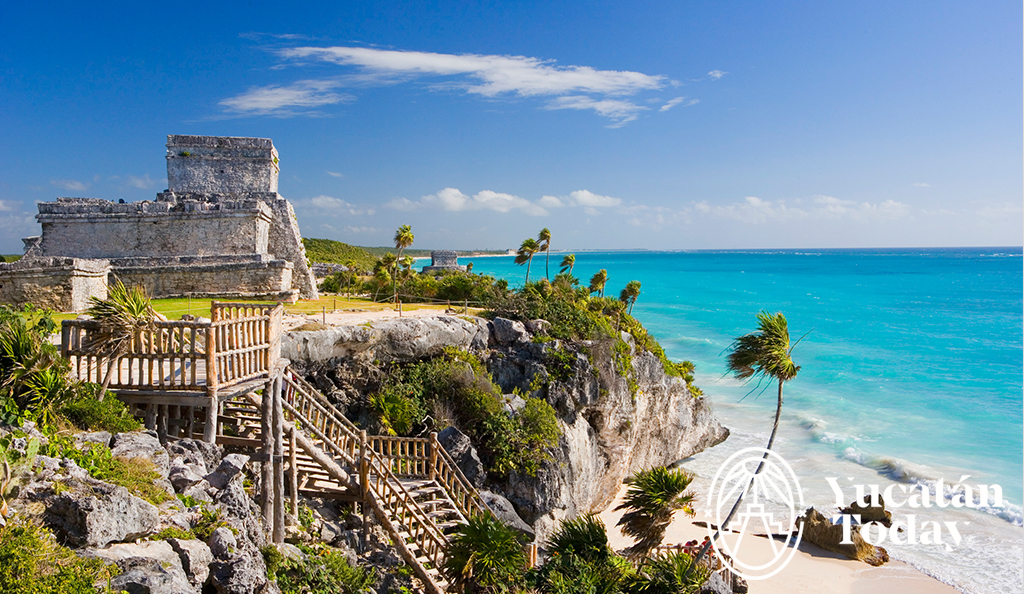
Tulum
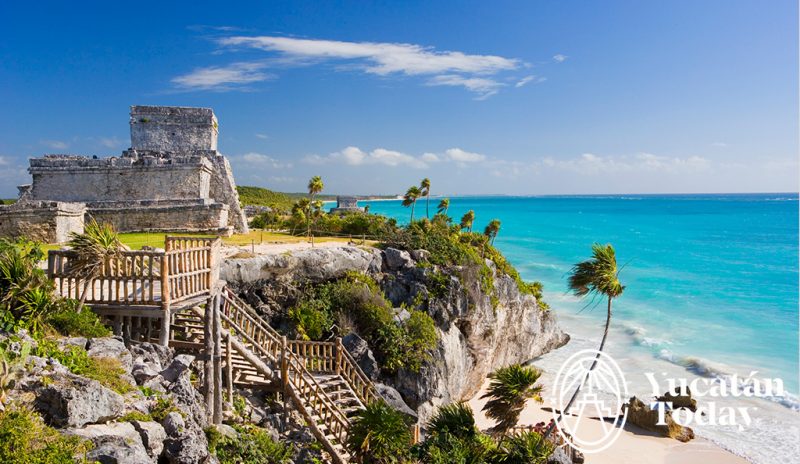 Considered to be one of the most beautiful Mayan archaeological sites, Tulum is by no means the largest, but its location serves as a striking backdrop to its history.
Considered to be one of the most beautiful Mayan archaeological sites, Tulum is by no means the largest, but its location serves as a striking backdrop to its history. The only Mayan archaeological site to be in use at the time of the Spanish conquest, "Tulum" means "wall" in Maya. Also known as Zama, or city of dawn, this beautiful site sits on 15-meter high cliffs above the sea. Primarily in use from 1200 to 1450, it was the major commercial port for Coba and other cities in the interior.
Abandoned by the 16th century, local people still visited the temples to burn copal and pray until recent times. About one and a half hours south of Cancún, the site is open daily from 8 am to 5 pm. Coming from Cancún, be sure to take the first exit marked Tulum which will take you to the ruins, not the town of Tulum itself. The highway from Cancún has many eco-tourist cenotes where you can swim and snorkel in the fresh waters, and explore caves.
Tulum was surrounded on three sides by a rock wall, which may have been for defense, and protected on the eastern side by the sea. The chief structure of Tulum, El Castillo (The Castle) sits on a high point of the site, facing the ocean. Reefs just off the coast make entry into Tulum difficult, and it’s theorized that one of the purposes of El Castillo was to act as a lighthouse and guidance system for boats. One of the most striking buildings, the Templo del Dios Descendente, features the diving or descending god. His image appears all over the site, but his true name and meaning are not known. Linked to rain, lightning, and water, he may be a bee god, as honey was one of the major trade products of the Mayas in this region. Tulum has easily accessible, beautiful beaches, so you can have a refreshing swim after exploring the site. Continuing south of the highway from the Tulum site, turn left at the next Tulum sign. This will take you to the old coastal road which leads south to Punta Allen, through the Sian Ka’an Biosphere.
Many ecological resorts, from fancy to rustic, dot the highway. For a true Mayan adventure, stay in one of the rustic cabanas, which feature palapa roofs, private bathrooms, and candle-lit evenings. The town of Tulum is beginning to offer more services – restaurants, internet access, phone service, etc.
The Sian Ka’an (where the sky is born) Biosphere, about half an hour south of Tulum, was established as a nature reserve in 1986. Featuring tropical forests, wetlands, and the sea, it has amazing biodiversity. Over 300 species of butterflies and 345 species of birds, endangered mammals such as jaguars, pumas, and tapirs, and nesting sea turtles have all been observed. Bonefishing trips may be booked with local guides, and an excellent boat and snorkel trip are available taking you through the ancient Mayan canals used for transporting goods into the interior.
Whether your main reason for visiting is the Mayan archaeology, the cenotes and underwater caves, bonefishing, or bird-watching, there’s plenty to do and see in the Tulum area! Tulum can be reached by bus from Cancún, Playa del Carmen, or Mérida. For a bus schedule, try the websites on our Transportation page.
Tulum is located 130 km. south of Cancun.
While visiting Tulum, keep in mind that this paradise is slowly dying as a result of over-development. Click here to learn more.
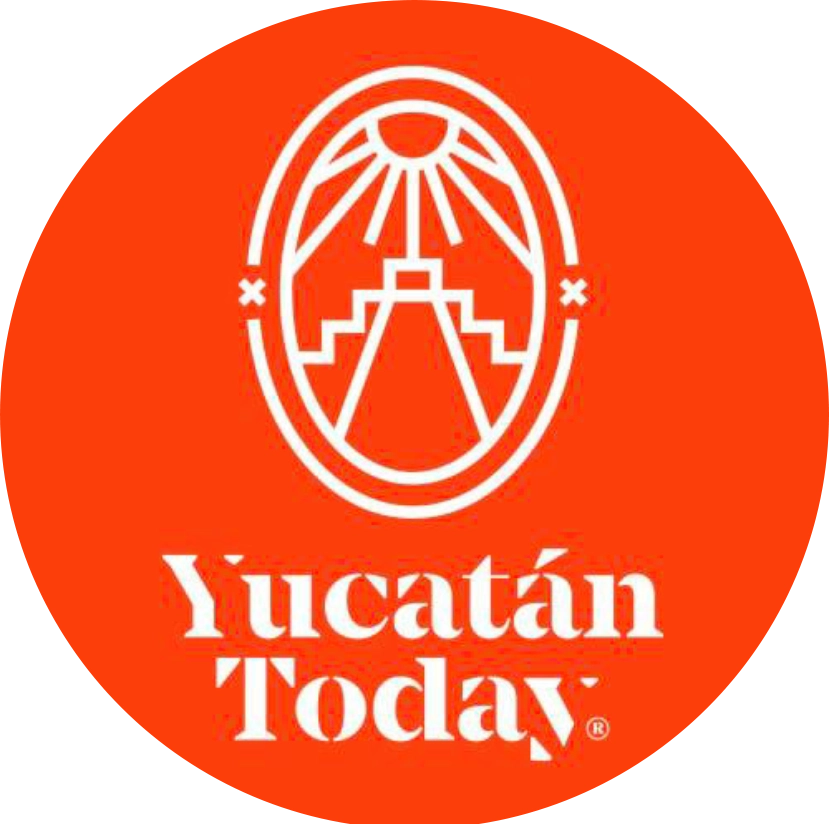
Author: Yucatán Today
Yucatán Today, la compañera del viajero, es un medio bilingüe de información turística sobre destinos, cultura, gastronomía y el qué hacer en Yucatán con 37 años de trayectoria.
¡Receive the latest articles and much more from the best of Yucatán in your email!
Main topics that may interest you
Table of Contents
Related articles
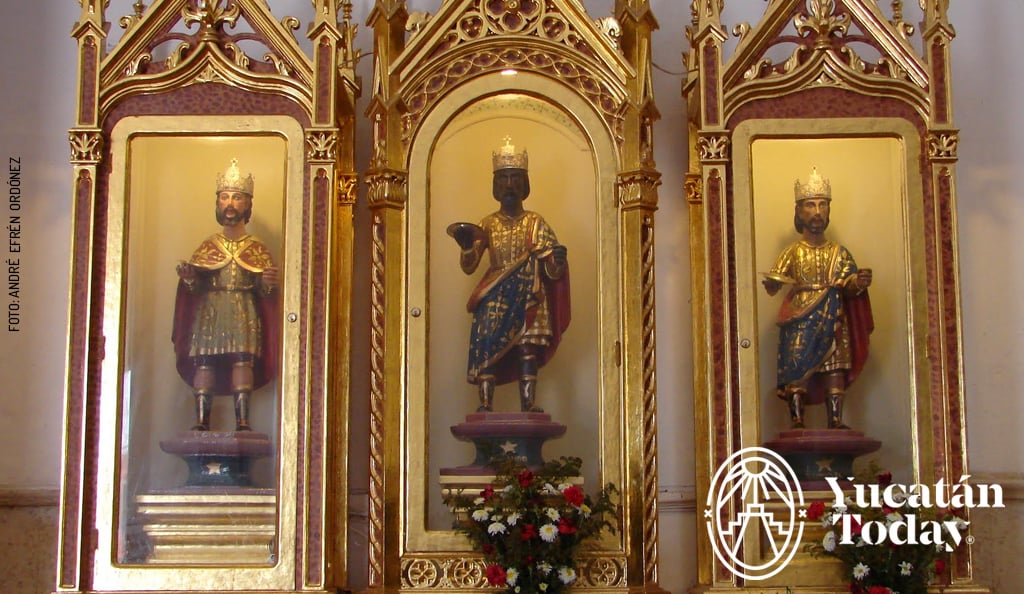
Destinations
Tizimín
The state of Yucatán not only has many Mayan pyramids, various colonial cities and 250 km. of sandy beaches, it also has some 900,000 acres of...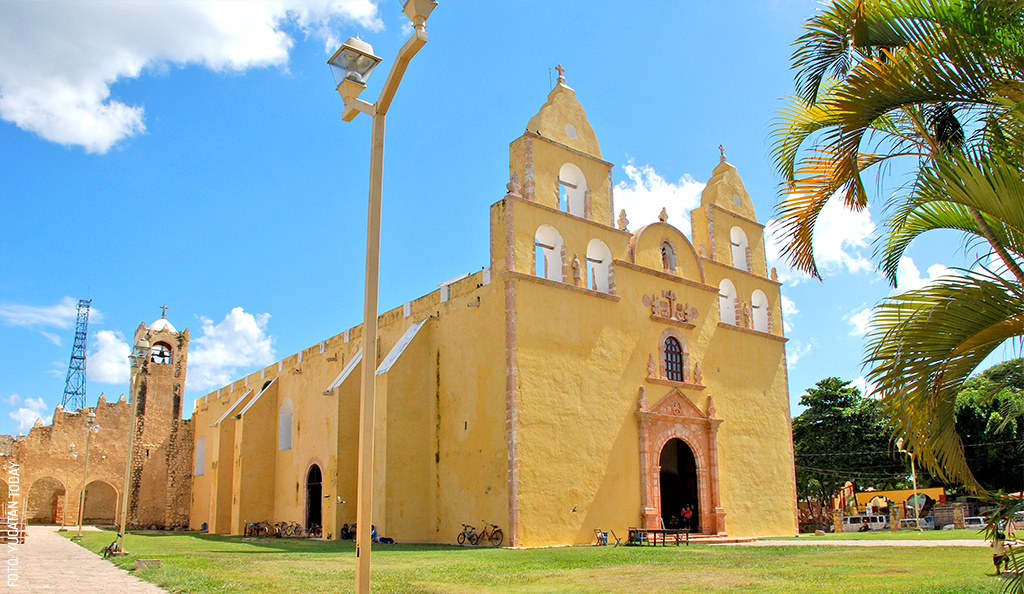
Destinations
Oxkutzcab
Explore the charming town of Oxkutzcab in Yucatán, Mexico, a perfect base for exploring the Ruta de Conventos and Ruta Puuc.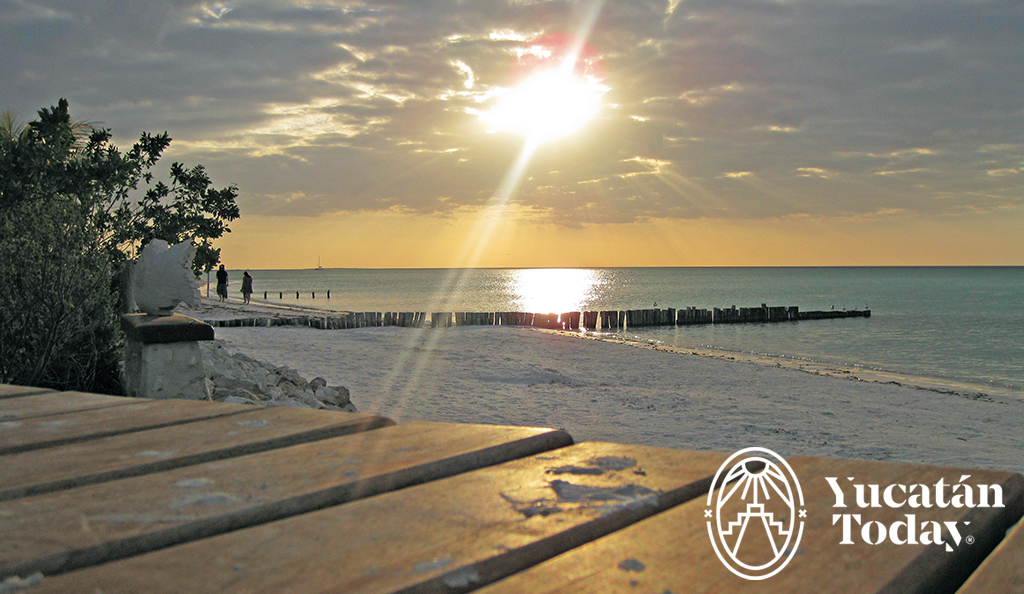
Beaches




